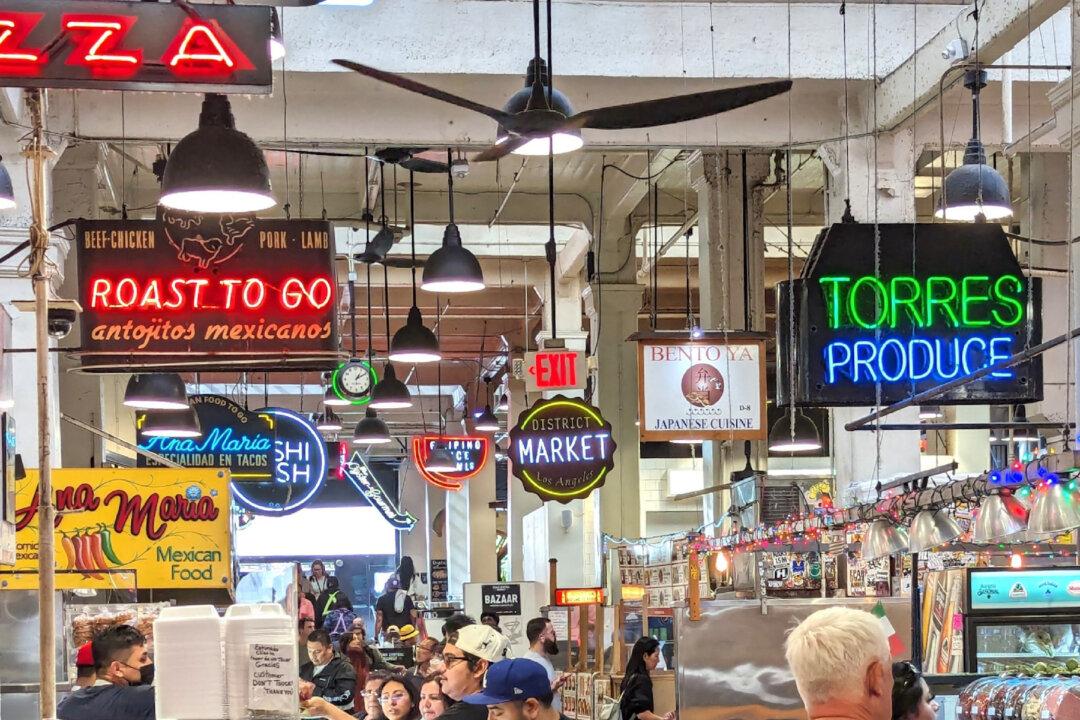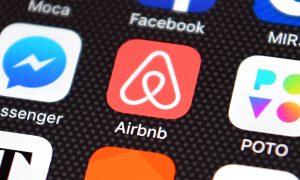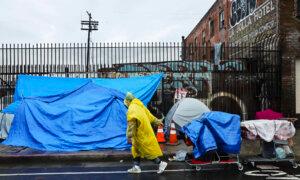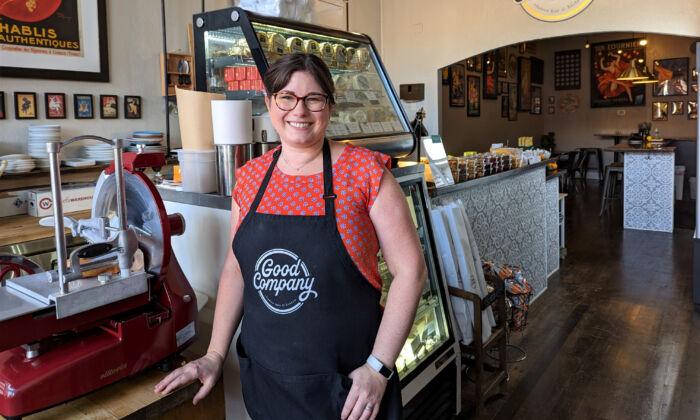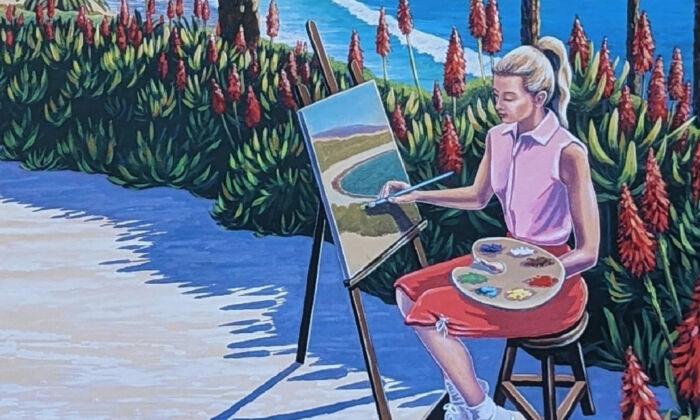If you’re a foodie, gourmet, gourmand or just hungry, satisfying your taste buds in Los Angeles is a main event. In a recent ranking by U.S. World and News Report, ethnically diverse LA shares the spotlight as one of the top four best food cities in the United States alongside New Orleans, New York City and Chicago. January 2024 data reported that Los Angeles restaurants—that is, those listed with phone numbers—totaled more than 9,300. With new restaurants opening every week, choosing where to dine is both a dizzying challenge and a gastronomic adventure.
The saying “Food is a universal language that brings people together” will forever be true. Indeed, two legendary dining and gathering spots in LA are the forerunners to the city’s fame as an international culinary destination.
Enter Grand Central Market in the heart of downtown Los Angeles, inducted into the Restaurant Hall of Fame in 2023, and the Original Farmers Market on Third Street and Fairfax Avenue on the city’s west side, designated a Historical Cultural Landmark in 1991. It turns 90 on July 14, 2024.
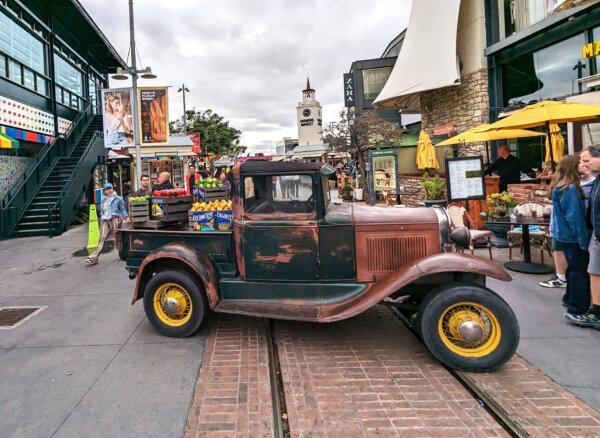
The markets first provided convenience, sustenance and community for LA’s growing immigrant populations. Today they are kaleidoscopic urban oases where people from all walks of life still come to break bread under one roof.
Open every day, they are where vendors sell quality food items and cook up fresh meals for locals, visitors and nearby workers who come to shop, grab a coffee or dine. There’s no better place to watch the world go by.
My visits to both rocked my taste buds and more.
In 1917, Grand Central Market opened on Broadway as “the largest and finest public market on the Pacific Coast” next door to the Million Dollar Theater that opened the same year. Built by Sid Grauman of Hollywood’s Grauman’s Chinese Theater fame, the Spanish Colonial Revival landmark is among the country’s first movie palaces.
And for the wealthy residents on Bunker Hill above the market, the famous Angels Flight funicular, directly across from the Renaissance Revival landmark Bradbury Building constructed in 1893, provides transport along downtown’s steepest incline. First built in 1901, it is known as the shortest railway in the world. The one-block ride in the Beaux-Arts tram that still serves Bunker Hill is quick yet exhilarating.
At first glance, contemporary signage and outdoor cafe tables suggest a trendy eatery. But bright neon signs inside welcome visitors to the magical nostalgia of 40 bustling food stalls and a parade of visitors.
Trendy offerings such as Berlin Currywurst, Eggslut, Broadway Street Oyster Co. and all-vegan Ramen Hood share space alongside family-owned Legacy Vendors with the next generation at the helm. One of these is China Cafe, which opened in 1959. Its original 22-seat counter was full, and dishes from its original menu are still favorites. Another is the longstanding Torres Produce’s throwback stall of fresh fruits, vegetables and a staggering display of 20-plus varieties of dried chiles.
Wexler’s Deli, a 10-year GCM vendor, won me over with its quintessential sandwich of tender carved-to-order pastrami and oozing mustard on rye—“The O.G.” As I chowed down at the counter, the friendly server explained the difference between pastrami and corned beef:
“They’re the same,” he said, “but pastrami is cooked with more spices.”
Every Friday, Saturday and Sunday, GCM’s lower level comes alive with The Bazaar, where local merchants and artisans sell handmade clothing, jewelry and other original creations.
Open nightly until 10 p.m., GCM is not just for foodies but fills the appetites of architecture and history buffs, too.
The following weekend, my husband and I trekked to the Original Farmers Market at Third and Fairfax. In 1934, this corner land was vacant—until an idea to “build a village” was born.
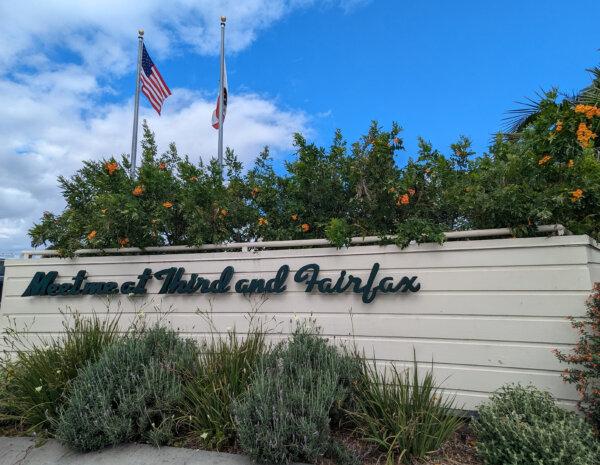
In the late 19th century, the land was a dairy farm owned by Arthur Gilmore. When he decided to expand his farm, he went digging for water. He struck oil instead.
Gilmore’s Midas touch turned the farmland into fields of oil derricks. Petroleum produced by the Gilmore Oil Co. was used to pave roads throughout the region, and his more than 1,100 gas stations fueled the growing automobile industry. But expansion of Los Angeles would limit growth of the oil fields, and the city’s first farmers market was born.
Farmers paid 50 cents a day for a parking space to sell fresh produce from their pickups. Restaurants and stores were added, and colorful festivals became part of the mix. News of this novel attraction drew local shoppers and international travelers.
Today the lively covered marketplace located just south of CBS Television City buzzes with more than 100 vendors and services such as produce stands, gift stores, a meat market, old-fashioned candies, a Mediterranean market, prepared-food stalls offering international cuisines and Monsieur Marcel’s gourmet market, seafood market and romantic bistro.
Displayed on a wall are nostalgic photographs of the market’s early days, including one with 1950s actress Marilyn Monroe. The market is still a favorite Hollywood hangout. The iconic clock tower honors the original 18 vendors and visionaries Fred Beck and Roger Dahlhjelm, whose idea for a community farmstand became a reality.
In 2002, Third and Fairfax continued the spirit of community and nostalgia with the addition of The Grove, a Main Street-style open-air mall complete with a cobbled lane, a cinema, a bookstore, restaurants, high-end shops and a double-decker trolley built on the undercarriage of a 1950s Boston streetcar to transport guests to the Original Farmers Market.

